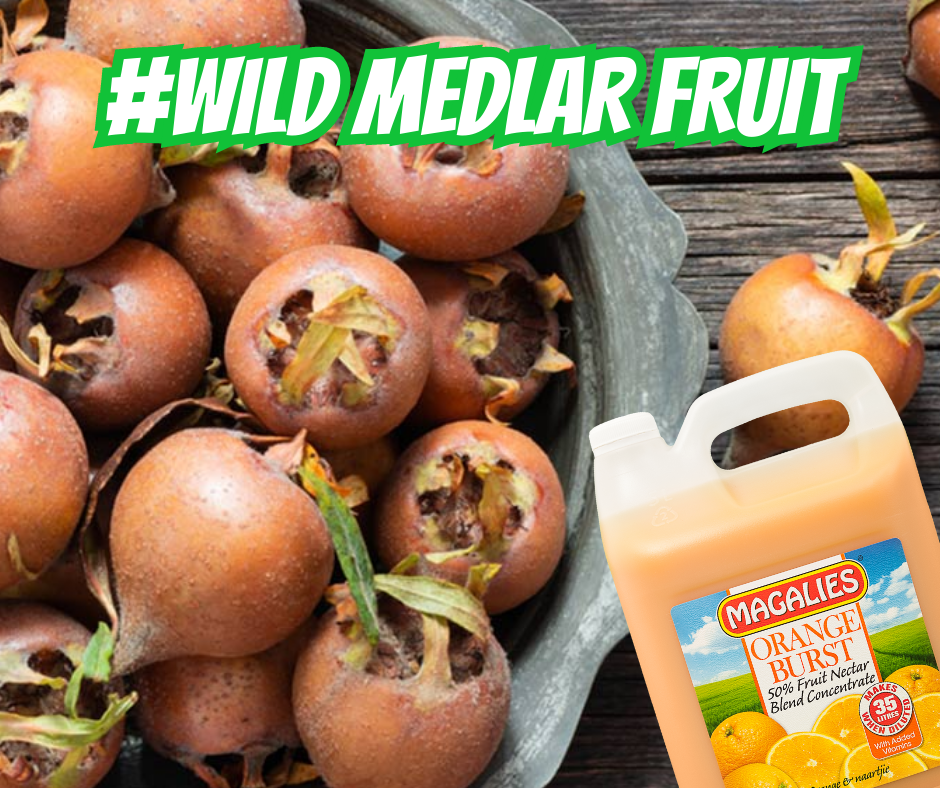by Dr. Marli Botha
All Baobabs are deciduous trees (shedding its leaves annually) ranging in height from 5 to 20 meters. The Baobab tree is a strange looking tree that grows in low-lying areas in Africa and Australia. It can grow to enormous sizes and carbon dating indicates that they may live to be 3,000 years old.
Here are 4 more interesting facts about Baobabs:
- African Baobab Extract (Adansonia digitata) is derived from the pulp of the baobab fruit from the revered Baobab Tree. This extract has pronounced anti-oxidant properties while the complex set of additional nutrients promotes rapid and sustained cell regeneration. It has been used for thousands of years to recharge and revive the skin. The high levels of Vitamin C in baobab fruit provide a natural way to treat and prevent skin wrinkles associated with photo-ageing.
- The baobab is a traditional food plant in Africa, but is little-known elsewhere. The fruit has been suggested to have the potential to improve nutrition, boost food security, foster rural development, and support sustainable land care. Local African people refer to the fruit as “monkey bread”.
- Being rich in calcium the fruit is often consumed by lactating mothers.
- Cream of Tartar Tree, is another name for the Baobab tree. The pulp of the pods is sour and slightly acidic (as is the pulp of tamarind pods), sour enough that it can be used to curdle milk or act as a substitute for Cream of Tartar.
It is important to mention that no food is meant to be a cure-all for any condition, though there are certainly health and skin benefits contained within them. The one thing you should always do before using a new skin care product is to do a patch test to look for allergies and sensitivities.

























